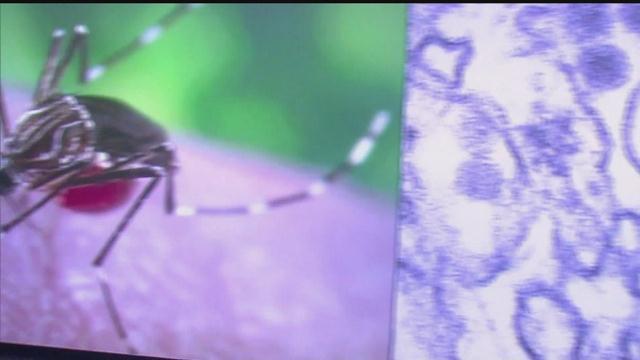CDC Investigating Case of Zika in Utah not Linked to Travel

CDC is assisting in the investigation of a case of Zika in a Utah resident who is a family contact of the elderly Utah resident who died in late June. The deceased patient had traveled to an area with Zika and lab tests showed he had uniquely high amounts of virus—more than 100,000 times higher than seen in other samples of infected people—in his blood. Laboratories in Utah and at the Centers for Disease Control and Prevention (CDC) reported evidence of Zika infection in both Utah residents.
State and local public health disease control specialists, along with CDC, are investigating how the second resident became infected. The investigation includes additional interviews with and laboratory testing of family members and health care workers who may have had contact with the person who died and trapping mosquitoes and assessing the risk of local spread by mosquitoes.
A CDC Emergency Response Team is in Utah at the request of the Utah Department of Health. The team includes experts in infection control, virology, mosquito control, disease investigation, and health communications.
“The new case in Utah is a surprise, showing that we still have more to learn about Zika,” said Erin Staples, MD, PhD, CDC’s Medical Epidemiologist on the ground in Utah. “Fortunately, the patient recovered quickly, and from what we have seen with more than 1,300 travel-associated cases of Zika in the continental United States and Hawaii, non-sexual spread from one person to another does not appear to be common.”
As of July 13, 2016, 1,306 cases of Zika have been reported in the continental United States and Hawaii; none of these have been the result of local spread by mosquitoes. These cases include 14 believed to be the result of sexual transmission and one that was the result of a laboratory exposure.
